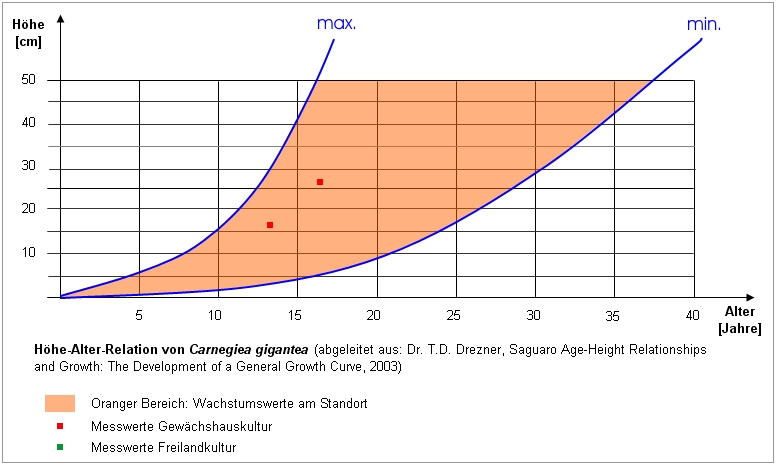Understanding the growth rate of the Saguaro cactus (Carnegiea gigantea) is vital for both enthusiasts and gardeners interested in cultivating these iconic plants. Known for their impressive stature and elongated arms reaching skyward, these cacti are emblematic of the American Southwest. This article provides a comprehensive overview of their growth rates, factors influencing development, and the implications for cultivation.
Determining how quickly a Saguaro cactus grows is essential for individuals considering planting them in their gardens. Unlike many common plants, Saguaro cacti have a growth cycle that is profoundly affected by their environment, allowing for a range of growth rates based on a multitude of factors.
Under optimal conditions, a Saguaro can grow about one inch tall in its first decade. This is a surprisingly slow start. However, with adequate care and suitable circumstances, these cacti can reach heights of 20 feet or more, with some living over 150 years. Let’s dive deeper into the mechanisms behind their growth.
Environmental Influences on Growth Rate
Several environmental factors play a pivotal role in the growth rate of Saguaro cacti. Understanding these elements can aid potential buyers and gardeners in creating a conducive environment for these remarkable plants.
One of the most critical factors is water availability. Saguaro cacti, being native to the arid regions of the Sonoran Desert, are incredibly adapted to water scarcity. They store water within their thick, ribbed skin, which allows them to absorb large amounts during rare rainfall. During dry years, they may grow only a few inches, while in wetter periods, growth rates can be significantly accelerated. As such, providing supplemental irrigation, particularly during the dry season, can facilitate more robust growth.
Temperature also profoundly impacts growth. Saguaro cacti thrive in warm climates, with daytime temperatures frequently exceeding 100 degrees Fahrenheit in the summer months. However, they endure cold temperatures, sometimes dropping to 20 degrees Fahrenheit during winter. This temperature variation can stress the cactus, impacting growth rates, especially if cold nights follow warm days.
Another consideration is sunlight. Saguaro cacti need full sun exposure to flourish, although excessive shade can stunt their growth. As a guideline, planting Saguaro cacti in a location that receives at least 8 hours of direct sunlight daily can optimize growth potential. The balance of sunlight exposure directly correlates to the rate at which these cacti can increase in height.
The Soil Factor
Soil quality is another determinant of growth rate. The right soil provides the necessary drainage and nutrients required for optimal growth. Saguaro cacti prefer sandy, well-draining soils that replicate their natural desert habitat. Heavy, clay-like soils can lead to root rot and stunted growth, undermining the plant’s overall health. It’s often beneficial to enrich the soil with grit and gravel to encourage proper drainage, ensuring that the roots can breathe and absorb moisture and nutrients efficiently.
Growth Stages of the Saguaro Cactus
The growth of a Saguaro cactus can be categorized into distinct stages. Recognizing these stages is essential for anyone looking to cultivate these majestic plants.
In the initial growth phase, which lasts for the first decade, the Saguaro remains relatively small. During this time, the plant grows slowly, typically less than one inch tall per year. It focuses on establishing a deep root system to support future growth.
Entering the adolescent stage, which occurs around ten years of age, the Saguaro begins to gain height more rapidly. At this juncture, individual cacti can reach about 5 to 10 feet. This growth typically coincides with increased access to moisture and nutrients as the plant matures.
Once the Saguaro reaches maturity, typically around 50 to 70 years old, it can grow several inches each year. Mature Saguaros, recognized by their characteristic arms, can produce new arm shoots, further contributing to height and overall biomass. It is during this period, spanning several decades, that Saguaro cacti become truly iconic figures of the landscape.
Implications for Cultivation and Care
Understanding the growth rates of Saguaro cacti is critical for potential buyers and gardeners. Given their unique growth patterns, caring for these plants requires a long-term commitment. Slow-growing in the early stages, the Saguaro demands patience and attentiveness.
For those in suitable climates, investing in a young Saguaro can be rewarding, offering a stunning focal point for a garden. Buyers should consider the environment in which the cactus will thrive, ensuring they can stimulate optimal growth through thoughtful placement, irrigation, and soil composition.
In summary, while Saguaro cacti may take years to reach impressive heights, the journey of cultivation can be immensely fulfilling. With the right knowledge of growth rates and environmental needs, enthusiasts and gardeners alike can successfully nurture these iconic plants into thriving specimens that will beautify landscapes for generations to come.





Leave a Comment